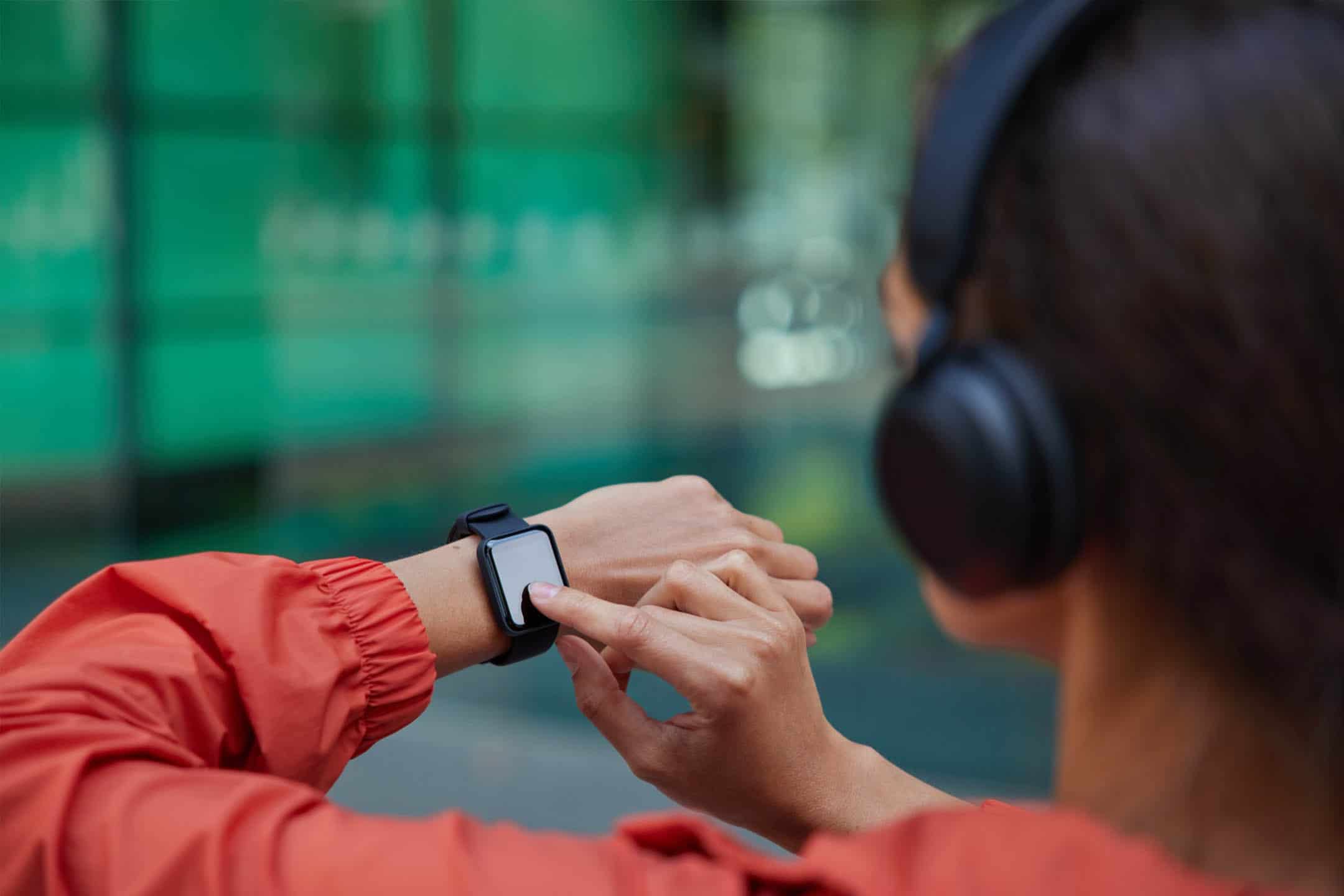From Smartphones To Smart Wearables, How Our Personal Device Stack Became One Connected System
For more than a decade, the smartphone sat at the center of our digital lives. It was the command center for communication, work, entertainment, navigation, and even health. But in the last few years, something interesting happened. The edges of this central hub started expanding. Earbuds, smartwatches, trackers, and companion apps evolved from accessories into extensions of the phone itself. Brands across the world, including Ronin, a smart wearable and tech accessories brand, began designing products that do not just connect to the phone but complete it.
Today, we are living inside a connected ecosystem that works less like a stack of independent devices and more like a unified personal operating system. This shift is redefining how we interact with technology every day.
The Smartphone Era Created the Foundation, But Also Its Limitations
When smartphones became mainstream, they absorbed multiple functions at once. The camera, torch, calendar, calculator, and messaging device were all merged into one powerful tool. They did this brilliantly, but as our digital load increased, the shortcomings became visible.
People wanted faster access, more autonomy, and tools that blended into life instead of demanding attention. The phone became overloaded with responsibilities while users became overloaded with notifications.
This is where smart wearables stepped in, not as replacements but as redistributors.
Wearables Became Extensions, Not Add-ons
Early generation wearables were simple. Pedometers, basic Bluetooth earbuds, and one way notification displays were helpful but not essential.
That changed when three technological improvements collided:
- Low energy Bluetooth protocols
- Miniaturization of powerful chips
- Smarter operating systems built for wearable devices
Suddenly, wearables did not just pair. They participated.
Earbuds could switch devices automatically. Smartwatches could respond to messages, track workouts, monitor sleep, and run apps independently. Trackers could help locate keys, bags, and even pets without draining phone battery.
This turned wearables from standalone gadgets into nodes in a larger ecosystem.
Your Wrist, Ears, and Pocket Are Now One Network
The modern user does not use a phone and wearables separately. They interact as one synchronized layer.
1. Audio Layer: Your Ears Are Becoming Your Interface
The biggest shift happened in audio. Earbuds evolved from listening devices into communication tools, attention protectors, and productivity companions.
Today’s premium earbuds offer:
- AI driven voice clarity
- Adaptive ANC
- Personalized EQ
- Automatic device switching
- Low latency gaming modes
- Software updates that improve performance over time
This makes earbuds the fastest and most natural interface after the touch screen.
2. Wrist Layer: Micro Actions That Replace Phone Pickups
Smartwatches redefined micro moments. From checking weather to replying to messages, performing small actions on the wrist reduces reliance on the phone.
Users report fewer distractions, healthier habits, and more intentional screen time because they do not need to unlock their phone for every alert.
3. Tracking Layer: The Invisible Utility System
Bluetooth trackers are the quiet heroes of the ecosystem. Their job is simple but transformative. They reduce everyday anxieties around losing essentials.
Keys, wallets, bags, remotes, and even small pouches now have a digital safety net.
The Rise of Companion Apps, Where Everything Comes Together
The wearable ecosystem only works when tied together by a strong, unified app. In the last few years, companion apps evolved into control centers for:
- Firmware upgrades
- Personalized sound settings
- Health dashboards
- Device diagnostics
- Touch control customization
- Mode switching
- Device locating and mapping
This app layer acts like an operating system for your personal tech universe. It gives users the power to shape how each device behaves, creating a personalized environment instead of a one size fits all experience.
A Seamless System Means Behavior Has Changed
The transition from single device dependence to multi device harmony has changed how people use technology in daily life.
We look at our phones less
Smartwatches filter notifications so users only check what actually matters.
We experience sound more personally
EQ presets, adaptive tuning, and ANC let users shape their world instead of being shaped by external noise.
We lose fewer things
Trackers created a digital safety net around everyday objects.
We multitask more smoothly
Automatic device switching and voice control reduce friction.
We expect upgrades, not replacements
Software based products extended the lifecycle of devices. People now expect earbuds to improve over time instead of becoming outdated in a year.
This behavioral transformation shows that the personal device stack is no longer hardware driven. It is system driven.
Where This Ecosystem Is Heading Next
The next wave of smart wearables is already taking shape.
1. Cross device intelligence
Wearables will predict user needs based on context such as walking, working out, cooking, focusing, or commuting.
2. Health and wellness becoming invisible layers
Continuous monitoring without active user engagement will make wearables even more integrated.
3. AI driven personalization
From audio tuning to notification priorities, AI will shape the environment automatically.
4. Multi device swarms
Instead of pairing two devices, users will manage clusters such as earbuds, watches, trackers, glasses, and phones working together smoothly.
5. App ecosystems replacing traditional OS hierarchies
Companion apps will become intelligence hubs that store preferences across all owned devices.
The Personal Device Stack Is Now an Ecosystem, Not Equipment
The shift from smartphones to smart wearables is not about replacing the phone. It is about expanding its capabilities across multiple touchpoints in daily life. Each device takes a specific role:
- Earbuds handle communication, focus, and sound
- Smartwatches handle quick actions, monitoring, and wellness
- Trackers handle assurance and safety
- Phones handle depth, creativity, and control
Together, they behave like one connected system, one that adapts to the user instead of the user adapting to the device.
This is the future of personal technology. Not a single super device, but a super network of small, smart, purposeful companions working in sync.
Keep an eye for more latest news & updates on Wepbound!



